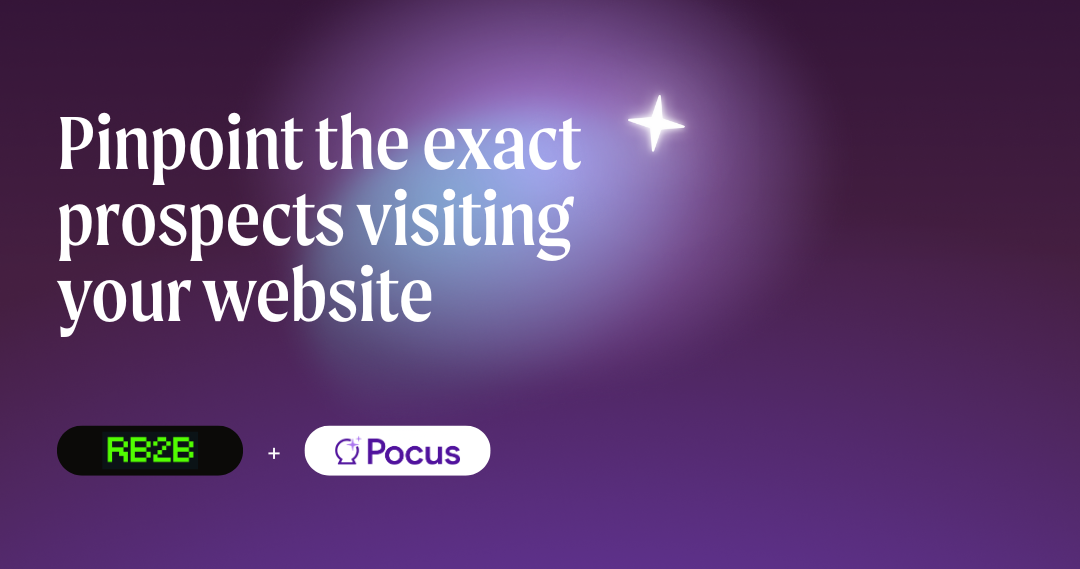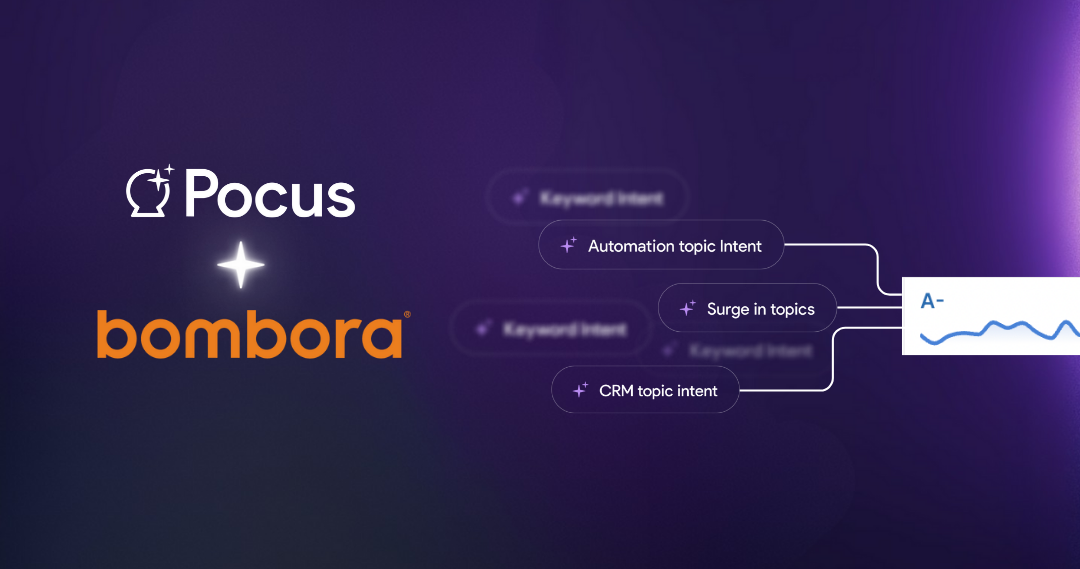Tome's early-stage growth strategy
Tome is a new storytelling format that empowers anyone to build and share compelling narratives with content: text, images, video, 3D renderings, prototypes, live web content, embeds, and more.
In 2022, the company transitioned from a waitlist model with 1:1 onboardings to a self-serve Product-Led Sales (PLS) approach where new users can sign-up for free and get started on their own.
Despite optimizing our onboarding process, we're still refining how and where to engage with our growing user sign-up base.
So, customer success spends most of the time analyzing the user journey to maximize activation and identify power users. Part of our growth plan is to use our Product-Led Sales motion to create product evangelists — power users who create tons of Tomes and share them with others.
Who are these users?
VIPs: A user with a high level of influence. To spot these users early and give them hands-on support in learning the ropes to create and share content via Tome.
ICPs: In addition to VIPs, we have several other ideal customer profiles (ICPs), which are mainly related to their work roles:
- Founders in fundraising mode
- Designers
- Product managers
- Sales and customer success
The Challenge? Recognizing VIPs and ICPs in a non-manual way
In addition to zeroing in on the level of influence and job functions when prioritizing personalized outreach, there are a few signals that we also look at to determine whom to focus on:
- Number of days on the product + activity in the product
- Number of users they've added to their workspace
- Amount of feedback provided about new features they would love to see
Identifying signals through all the noise

Something I think about a lot as inbound sign-ups grow is how to use automation to scale customer support.
One of my main concerns was that as Tome scaled its customer success efforts, we would lose that human touch that PLS motions often need for onboarding success. But, we’ve been able to offer that human touch by analyzing product usage data to surface high-potential users that need extra support.
Tome Uses Pocus to identify ICPs & Act on Signals 🪄
Our go-to-market team uses Pocus to enrich user profiles with product usage data to provide insight into the highest-value opportunities within our pool of users.
Here's how.
Want to run this playbook?
What You'll Need
- Self-serve product with a healthy user sign-up volume (enough you can learn from)
- Defined ideal customer profiles
- Defined product usage signals that your team cares about
- Pocus' Product-Led Sales platform for aggregating insights about customers
#1 Create cohorts of customers
The go-to-market team at Tome uses Lists in Pocus to create user cohorts by different product signals, such as the number of Tomes created, the overall time in the product, and so on.
#2 Create playbooks to surface high-priority opportunities
We've set up playbooks to drive different outreach motions. For example, we set up one of our playbooks to focus on new users in their first 30 days. Tomes created is a key signal for us, so we've set up triggers to surface users who are "not delighted" — those that have created less than two. I reach out to these users differently than the delighted segment.
#3 Drive behavior-based messaging
Using Pocus Playbooks to segment users, we can create personalized email sequences in Customer.io that help drive more usage based on signals and behavior.
Tools that help us with customer outreach:
- Intercom for on-site customer support messaging
- Customer.io to send out product announcements and usage-based campaigns
- SendGrid for product email notifications (mainly used by engineering teams)
#4 Experiment with new cohorts
We monitor key signals (time on the product, Tomes created, users added, feedback provided, etc.) and whether they're growing or shrinking. Whichever way the signal is moving, knowing this info about users triggers more helpful, targeted conversations.
To make these conversations more relevant and personalized, we slice up experimental user cohorts and enrich their data in Clearbit to have a complete picture of which personas are more (or less) successful.
The results

Revenue efficiency: Increasing visibility into where and how to engage with users allows the team to focus on helping high-potential opportunities get value from the product. Instead of reaching out to every new user with general content, CS relies on product-usage data to identify the right moments for targeted outreach.
That's a major unlock for scaling CS without losing that connection or personality.
Time saved: Specifically — engineering time. Before having a centralized platform for customer and product-usage data, Kian, Customer Success Lead at Tome, would have to submit a ticket to engineering several times a week.
"We now have access to most of the usage data we need to inform our success strategy." — Kian Kolahdouzan, Customer Success Lead at Tome
With Pocus you can combine all your customer and product-usage data in a centralized platform, so your teams can take quick action.
{{widget-tour}}


.png)


.png)
.jpg)






